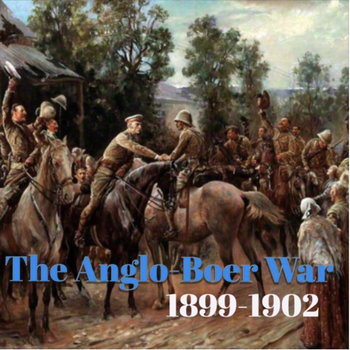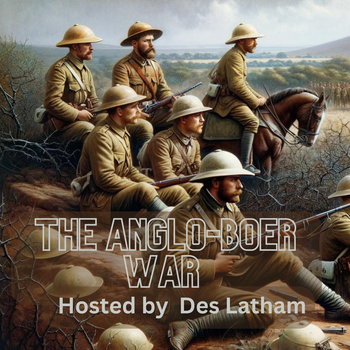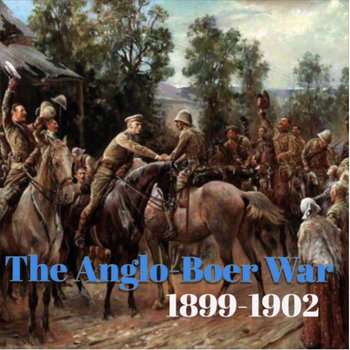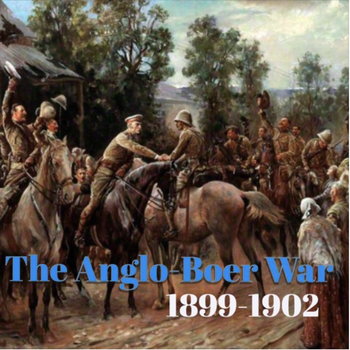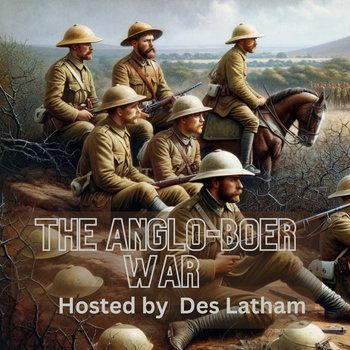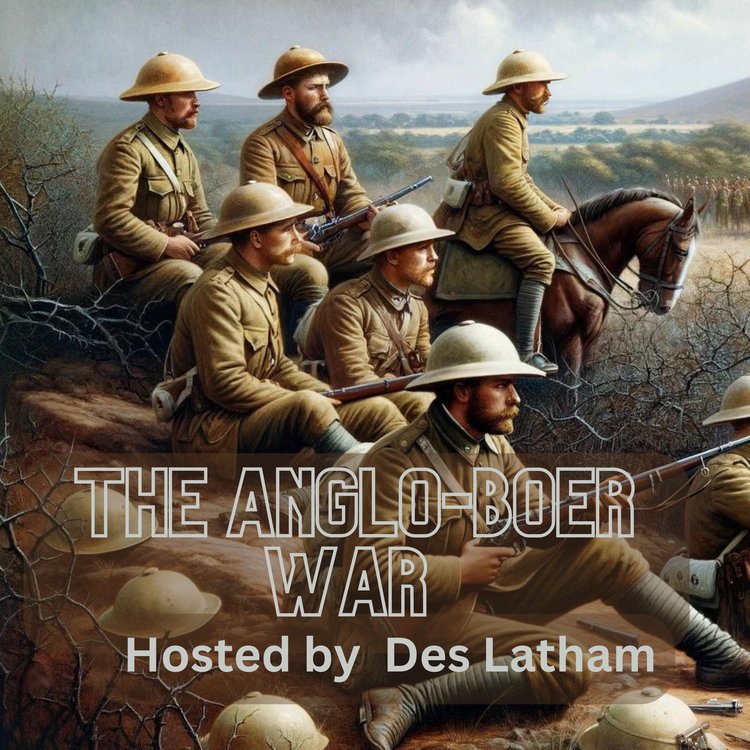
Episode 56 - General Knox’s waxed moustache, rowdy Australians, 500 Maoris & Lord Kitchener censors
Loading player...
This is episode 56 and there are movements afoot.
For instance, Transvaal President Paul Kruger is on his way to Europe on a diplomatic mission, Free State President Styen is moving through the Northern Transvaal, and General Louis Botha is harassing Canadian, Australian, and English troops stationed along the all important railway line between Pretoria and Delagoa Bay.
Also moving through the veld are Generals Christiaan de Wet and Koos de La Rey. The former has made his way back into his beloved Free State, while the latter is making life difficult for the English across a broad swathe of the Transvaal.
Steyn and the rest of the Free State government were returning to battle in the Free State after the all important meeting with Kruger in Nelspruit where it was decided to go ahead with the guerrilla campaign.
The British, meanwhile, are considering winding down their forces in South Africa, with their commander in chief Lord Roberts planning his trip back home.
The Boers have arranged a second major meeting of generals and government officials at Cyferfontein, a farm around 100 kilometres west of the gold ming city of Johannesburg set for October 25th.
Steyn was en route here on his circuitous ride home, so too de le Rey and de Wet, while Botha would also rendezvous with these erstwhile Boer commanders.
More about that gathering in coming podcasts.
Lord Roberts has setup his army across South Africa to act more like police than soldiers.
He believed the bandits, as he called these small groups of roaming Boers, would eventually surrender as long as their logistics could be smashed.
So apart from ordering the farms destroyed close to where railway lines or bridges were blown up, he divided the country into areas of command.
Garrisons were created in various towns and villages. To put down the insurgency in the countryside, he setup various flying columns. These were supposed to be highly mobile cavalry and mounted infantry units which were tasked with tracking down and trapping the Boer bands.
In reality they could not obtain enough horses in order to achieve their main aim.
However, the small bands of Boers began to multiply, and yet these flying columns could not locate the ever increasing commandos.
For instance, Transvaal President Paul Kruger is on his way to Europe on a diplomatic mission, Free State President Styen is moving through the Northern Transvaal, and General Louis Botha is harassing Canadian, Australian, and English troops stationed along the all important railway line between Pretoria and Delagoa Bay.
Also moving through the veld are Generals Christiaan de Wet and Koos de La Rey. The former has made his way back into his beloved Free State, while the latter is making life difficult for the English across a broad swathe of the Transvaal.
Steyn and the rest of the Free State government were returning to battle in the Free State after the all important meeting with Kruger in Nelspruit where it was decided to go ahead with the guerrilla campaign.
The British, meanwhile, are considering winding down their forces in South Africa, with their commander in chief Lord Roberts planning his trip back home.
The Boers have arranged a second major meeting of generals and government officials at Cyferfontein, a farm around 100 kilometres west of the gold ming city of Johannesburg set for October 25th.
Steyn was en route here on his circuitous ride home, so too de le Rey and de Wet, while Botha would also rendezvous with these erstwhile Boer commanders.
More about that gathering in coming podcasts.
Lord Roberts has setup his army across South Africa to act more like police than soldiers.
He believed the bandits, as he called these small groups of roaming Boers, would eventually surrender as long as their logistics could be smashed.
So apart from ordering the farms destroyed close to where railway lines or bridges were blown up, he divided the country into areas of command.
Garrisons were created in various towns and villages. To put down the insurgency in the countryside, he setup various flying columns. These were supposed to be highly mobile cavalry and mounted infantry units which were tasked with tracking down and trapping the Boer bands.
In reality they could not obtain enough horses in order to achieve their main aim.
However, the small bands of Boers began to multiply, and yet these flying columns could not locate the ever increasing commandos.

